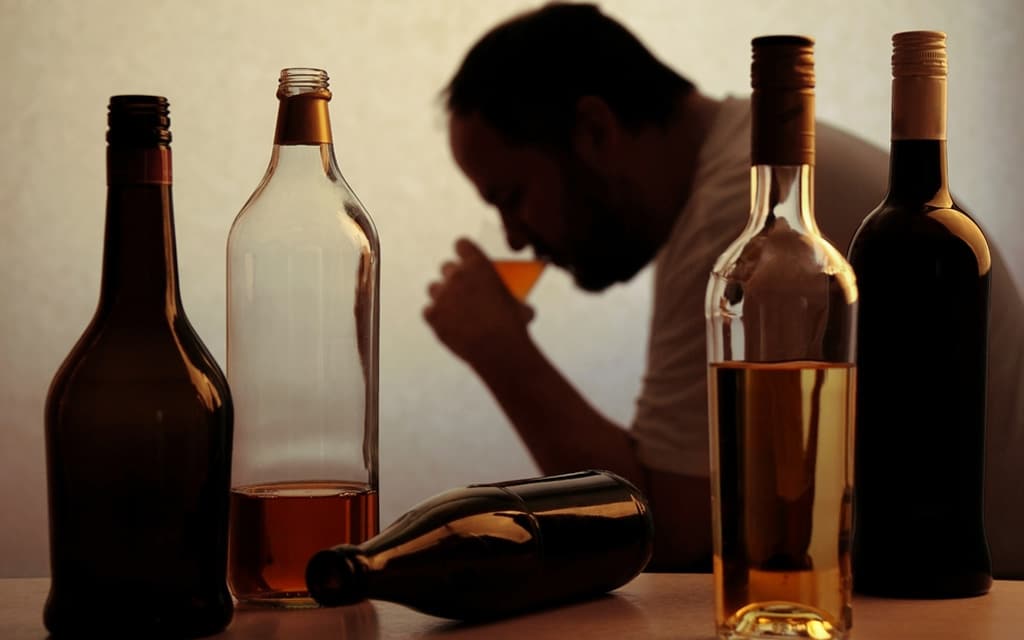The state of Indiana is facing an epidemic of illicit drug use, with opioid overdoses and other dangerous substances taking lives throughout the state. While marijuana is the most commonly used drug in the state, there are other dangerous drugs that have been causing severe problems for individuals and communities alike. In this article, we will explore these hazardous drugs and why they lead to increasing overdoses and deaths.
An Overview of Drug Use in Indiana
Drug-related deaths are rising in Indiana and the United States. This has been widely reported in traditional media and social media. According to the Indiana Department of Health (IDOH), there was a 319% increase in drug overdose deaths in the state from 1999 to 2020.
Another 2,554 Hoosiers died from an overdose in 2021. IDOH attributes these deaths to a surge in the supply of illicit fentanyl, heroin, and other opioids. The 2022 data is still pending, but the local recovery providers, medical professionals, and criminal justice department report experiencing a continued rise in overdose cases this year.
The National Drug Intelligence Center notes that Lake County High-Intensity Drug Trafficking Area serves as significant storage and transit area for illicit drugs shipped from Chicago to most eastern markets. Lake County is strategically located and has a diverse transport infrastructure that includes passenger and commercial railroad lines, the Port of Indiana, several truck depots, and two airports.
Mexican drug trafficking organizations take advantage of these heavily used infrastructures to ship large quantities of cocaine, marijuana, meth, and heroin from Mexico into Indiana and other drug markets in the Great Lakes, Southeast, and Northeast Regions of the US.

The Most Dangerous Drugs in Indiana
The drug problem issue in Indiana varies from city to city and county to county. For example, the central and northern areas of Indiana have more problems with the distribution, availability, and abuse of powdered and crack cocaine. The southern and central areas have seen a surge in meth labs that have increased meth use. Heroin is widely available in urban areas, and marijuana is the most commonly abused drug in urban and rural areas.
Here is a quick look at the most dangerous drugs in the State of Indiana:
Marijuana
Commercial-grade marijuana is the most readily available and commonly abused drug in Indiana. According to an NSDUH 2020 survey, marijuana use among young adults (18 to 25 years) has increased since 2016. In 2021, the drug was cited as the primary, secondary, and tertiary drug in 47.1 treatment admissions in Indiana.
Marijuana is considered to be a gateway drug and can lead to the use of harder drugs such as cocaine and heroin. Long-term users are also prone to suffer mental health issues such as anxiety, depression, and paranoia.

Stimulants (Cocaine and Methamphetamines)
Stimulants such as crack cocaine and methamphetamine are widely available throughout Indiana. These stimulants pose a severe health threat due to their extreme potency and highly addictive nature. To make matters worse, many of these illicit drugs are combined with other substances, making them even more dangerous. From the NSDUH 2020 data, about 1.8% and 0.8% of Hoosiers reported using cocaine and meth in the previous year.
Using stimulants can lead to several health risks, including heart attack, stroke, and even death. In addition, these drugs can cause intense paranoia, psychosis, and violence. Long-term use of stimulants can lead to substance use disorders, increased tolerance, and physical dependence.
Opioids
The opioid crisis continues to be a major public health problem in Indiana. IDOH reports that deaths related to opioid overdose have risen dramatically from 1,098 deaths in 2018 to 1,875 deaths in 2020. Opioids like fentanyl and heroin are the culprits behind most opioid-related deaths. These drugs are highly potent and addictive, and users can get hooked after just one use.
Fentanyl is particularly dangerous because it is up to 50 times stronger than heroin and 100 times more than morphine. This means that even small doses of the drug can be deadly. Sadly, dealers often mix fentanyl with heroin and other drugs without informing the user, leading to numerous overdose deaths. They do so to increase their profits and to create a stronger high for the user.
Several health risks are associated with opioid abuse, including respiratory depression, overdose, and death. When taken in large doses or combined with other substances, they can cause slow or stopped breathing coma and death. Opioid use also increases the risk of overdose and can lead to long-term health issues like liver disease and kidney failure.
Alcohol
While Indiana is ranked the 30th “drunkest state” in the country, its detrimental effects are still prevalent and continue to rise within the state. Excessive drinking, alcohol-related deaths, and other alcohol-related issues are growing problems in the state. In the NSDUH survey, 48.4% of Hoosiers (12 years and older) reported current alcohol use.
Alcohol is a legal substance but can be just as dangerous and addictive as illicit drugs. Over time, heavy drinking can lead to physical dependence and tolerance. People who suffer from alcohol addiction are at higher risk for health problems like heart disease and liver damage. Long-term alcohol abuse can also lead to depression, anxiety, and other mental health issues. If you know someone struggling with alcohol, our Indianapolis alcohol rehab can help.

Effects of Drug Use in Indiana
Substance abuse problems can lead to many negative consequences for individuals, families, and communities. These include:
- Increased crime rates: Drug abuse has been linked to various criminal activities, from theft and burglary to violent offenses.
- Overdose: The rise in drug use has contributed to an increase in overdose deaths throughout the state.
- Financial burden: Drug abuse can be costly for individuals and families financially. Addiction treatment, lost wages due to drug-related absences, and medical expenses all take a toll on one’s financial well-being.
- Family disruption: Substance abuse can create a rift within families, leading to divorce and even homelessness.
- Educational failure: Students who use drugs are more likely to miss class, struggle academically, and drop out of school.
Treatment for Substance Use Disorders
The good news is that there is help available for Hoosiers struggling with substance abuse. Indiana has many treatment centers and programs to assist those in need. Treatment options vary depending on the individual’s needs but generally involve a combination of individual and group counseling, medication-assisted treatment (MAT), and peer support groups. If you or someone you know is struggling with substance abuse, there are resources available to help.




